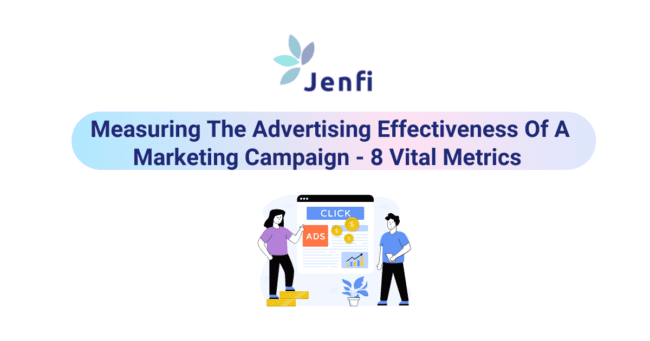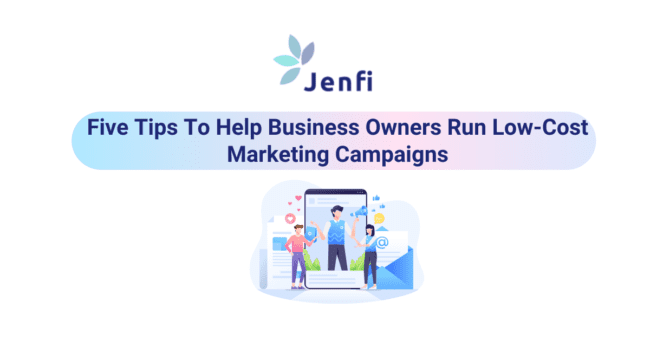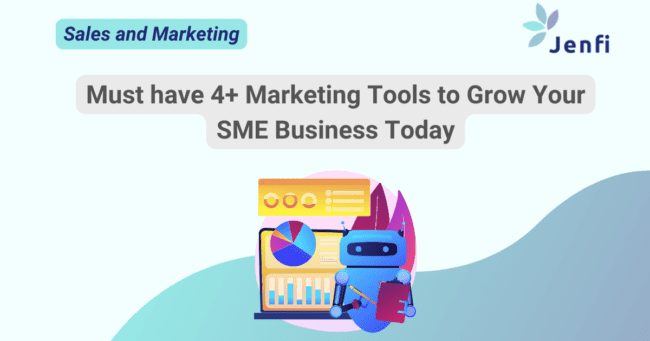Why Organic Growth May Be They Key To Scaling Your Business
What is Organic Growth?
Organic growth strategies focus on changing how your company makes sales, i.e., changes to your operations that result in a natural (organic) increase in revenue. This can be brought about through attracting new customers, retaining more of your existing customer base, or increasing overall sales.
Organic growth relies wholly on your business’s own internal resources: your business utilizes its own in-house processes as a means for increasing sales. This type of growth uses the resources already present within the business without spending or borrowing extra capital to scale the company. This can be achieved through a variety of methods. For example: improving services, expanding product lines, or opening the company up to new markets.
Successful organic growth strategies increase cash flow for the business and streamline production for faster, more efficient output. Organic growth is essential for building a strong foundation for your company.
Organic Growth vs Paid Marketing
Online retail is not so different from having a physical storefront when it comes to advertising. Conventional strategies for digital marketing include search engine ranking, pay-per-click ads or social media marketing campaigns. However, organic growth solidifies the status of a business in its market by laying down a foundation of solid brand values. Organic growth strategies should be your priority to show your customer base you’re here to stay.
Quick sales vs Repeating Customers
While a paid ad can give you a more immediate result by persuading customers to purchase your product or sign up for your service, organic strategies encourage potential customers to spend more time on your website and social media channels. While they may not immediately click the “buy now” button, they’ll develop a more educated point of view about your brand and what your company can do for them in the long-term. Educated customers are likelier to become repeat customers. This is just one example of how organic growth can provide a greater return on investment than traditional advertisements.
Ad-boost vs organic metrics
Boosting search-engine rank organically is another strategy that has advantages over paid marketing. Ranking high on sites like Google is essential to edging out your competitors. Potential customers are much more likely to click on the first results a search engine returns. Paying to boost your ad rank will give you quicker results, as it is a direct transaction. However, paid advertising can only take you so far. Google ad ranking specifically tells its users that bids are only one factor in determining where an ad is positioned in its search results. Implementing organic growth strategies, such as search engine optimization (SEO) will help you to meet the criteria that boost your page beyond what you can achieve through bids, ensuring that you become a potential customer’s top choice instead of fading into the sea of search engine results.
Benefits of Organic Growth
- Builds a solid foundation: Organic growth builds a strong foundation based on loyal customers and a well-established brand identity. Focusing on the core elements of the business allows companies to create a stable platform for future growth and expansion.
- Enhances credibility and trust: Customers often perceive organically grown businesses as more credible and trustworthy. This is because these companies have taken the time to build a reputation for quality and excellence, which creates a sense of reliability for potential customers.
- Improves customer retention: Organic growth strategies prioritize long-term customer relationships rather than short-term sales. This customer-centric approach encourages repeat purchases and brand loyalty, which ultimately leads to a more sustainable business model.
- Increases profitability: By focusing on organic growth, e-commerce businesses can optimize their operations, reduce costs, and increase profit margins. Over time, these improvements translate into a more profitable and scalable business model.
- Encourages innovation and adaptability: Organic growth strategies encourage e-commerce businesses to continually adapt and innovate in response to changing market conditions. This mindset promotes resilience and flexibility, which are essential for long-term success in the dynamic e-commerce landscape.
Strategies for Promoting Organic Growth in E-Commerce
- Optimize website design and user experience: A well-designed, user-friendly website is crucial for attracting and retaining customers in the e-commerce space. Ensure that your website is easy to navigate, visually appealing, and mobile-responsive to create a seamless shopping experience for your customers.
- Focus on customer service excellence: Outstanding customer service is a critical component of organic growth in e-commerce. By providing exceptional support and addressing customer concerns promptly, you can foster trust, build long-term relationships, and encourage repeat purchases.
- Develop a strong content marketing strategy: Content marketing is a powerful tool for driving organic growth in e-commerce. By creating valuable, relevant, and engaging content, you can attract potential customers, establish your brand as an authority in your niche, and boost customer retention.
- Utilize search engine optimization (SEO): Optimizing your e-commerce website for search engines is essential for increasing visibility and driving organic traffic. Implement SEO best practices, including keyword research, on-page optimization, and link building, to improve your site's ranking on search engine results pages (SERPs).
- Leverage social media marketing: Social media platforms offer a cost-effective way to engage with your target audience, build brand awareness, and drive organic growth. Develop a robust social media strategy that aligns with your brand identity and focuses on creating meaningful connections with your customers.
- Encourage customer reviews and testimonials: Positive customer reviews and testimonials are powerful drivers of organic growth for e-commerce businesses. Encourage your customers to leave reviews on your website, social media channels, and third-party review sites to boost your brand's credibility and trustworthiness.
Final Thoughts
Organic growth plays a pivotal role in the long-term success and sustainability of e-commerce businesses. By focusing on building a solid foundation, enhancing credibility and trust, improving customer retention, increasing profitability, and fostering innovation and adaptability, companies can thrive in the competitive online marketplace.
To promote organic growth, e-commerce businesses should prioritize optimizing their website design and user experience, delivering exceptional customer service, developing a strong content marketing strategy, utilizing search engine optimization, leveraging social media marketing, and encouraging customer reviews and testimonials.
By implementing these strategies, e-commerce businesses can effectively drive organic growth, strengthen their brand identity, and achieve lasting success in the ever-evolving digital landscape. Ultimately, organic growth is not just a desirable approach for e-commerce businesses; it is a necessity for thriving in today's competitive online environment.






















































